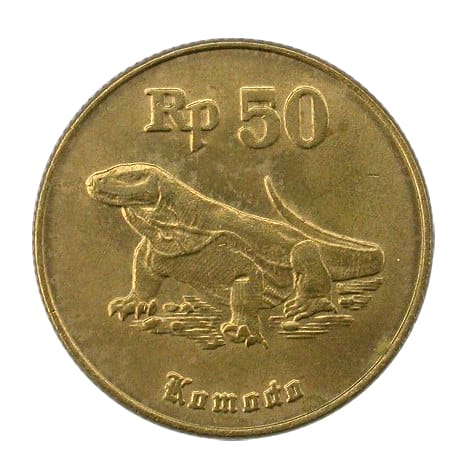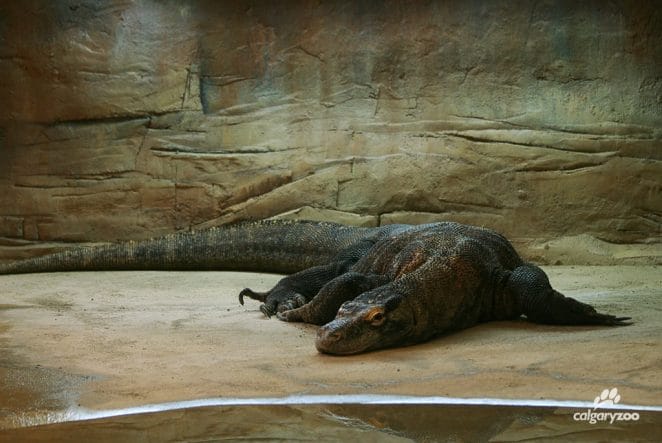When you think about lizards, you might picture a little, scurrying animal that lives in the garden or under the porch. However, there are a few lizard species that are far larger. Lizards are a diverse group of reptiles, with over 6,000 species found on every continent except Antarctica. The majority of lizards are quadrupedal, meaning they run with a strong side-to-side motion. Lizards are mostly carnivorous, and they are frequently sit-and-wait predators.

The Biggest and Heaviest Lizards on Earth
The Komodo dragons are the largest lizards on the planet. It can reach a maximum length of 3 metres (10 feet) and a weight of 70 kg. The Komodo dragons are the world’s heaviest lizard species, located solely in Indonesia. The world’s largest certified Kodomo dragon measured 3.13 metres (10.27 feet) in length and weighted 166 kilogrammes (366 pounds).


Did You Know?
- Lieutenant van Steyn van Hensbroek first documented the Komodo dragon in 1910 while on Komodo Island after hearing rumours about “land crocodiles”.
- The first Komodo dragons were brought to London Zoo in 1927 and shown there.
- Komodo dragons will consume nearly anything, including carrion, Javan rusa, pigs, young Komodo dragons, and even enormous water buffalo, because they are the apex predators on the few islands where they live.
- Kodomo dragons hunt for prey by using their acute sense of smell and their yellow, forked tongue, which is linked to sensory organs and samples the air to find prey. They also have excellent vision, with the ability to detect objects as far away as 300 metres (980 feet).
- Due to the toxicity and bacteria inherent in the Komodo dragon’s saliva, even a single bite can be lethal to the prey. According to the findings, scientists detected over 50 different bacterial strains in the saliva of these lizards, with seven of them being very septic. The venom, on the other hand, hinders blood clotting and causes considerable blood loss.
- The bite of a Komodo dragon may be lethal, however it is not lethal to another Komodo dragon. Those who have been injured during sparring seemed to be unaffected by the bacteria and venom.
- Large Komodo dragons can survive on as little as 12 meals each year due to their slow metabolism.
- Komodo dragons may consume up to 80% of their own body weight in food thanks to their loosely-articulated jaws, flexible skulls, robust neck muscles and expandable stomachs.
- A total of 24 documented attacks on humans occurred between 1974 and 2012 in Komodo National Park, with five of them being fatal, according to statistics.
- In 1991, the Bank Indonesia issued the Indonesian 50 Rupiah coin (komodo).
- Depending on the environment in which it lives, the Komodo dragon has the ability to breed both sexually and asexually. Despite being separated from male Komodo dragons for more than two years, Sungai, a captive female Komodo dragon at London Zoo, was able to successfully produce a clutch of eggs in late 2005.
- Loka, a 30-year-old Komodo dragon who died in 2016 at the Calgary Zoo, was the world’s oldest captive Komodo dragon.
- Komodo Island is well-known as the home of the Komodo dragon, and it has been designated as one of the New 7 Wonders of Nature since November 11, 2011.
- Based on earlier fossil finds, a research published in 2021 concluded that the Komodo dragon most likely originated in Australia and subsequently moved into Indonesia before becoming extinct.
Sources:Wikipedia, National Geographic, Smithsonian’s National Zoo, Newsweek, CBC, Phys, N7W





GIPHY App Key not set. Please check settings